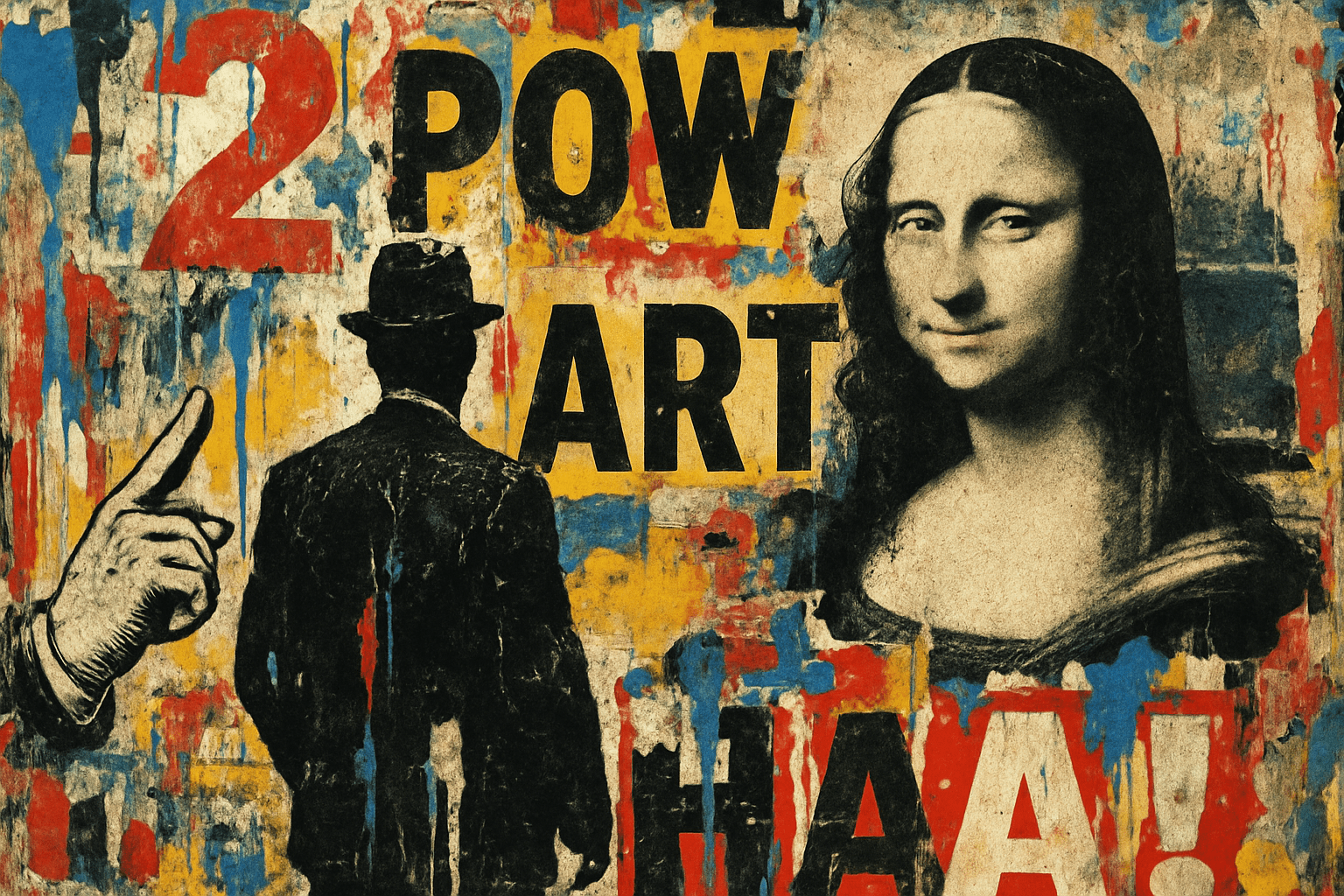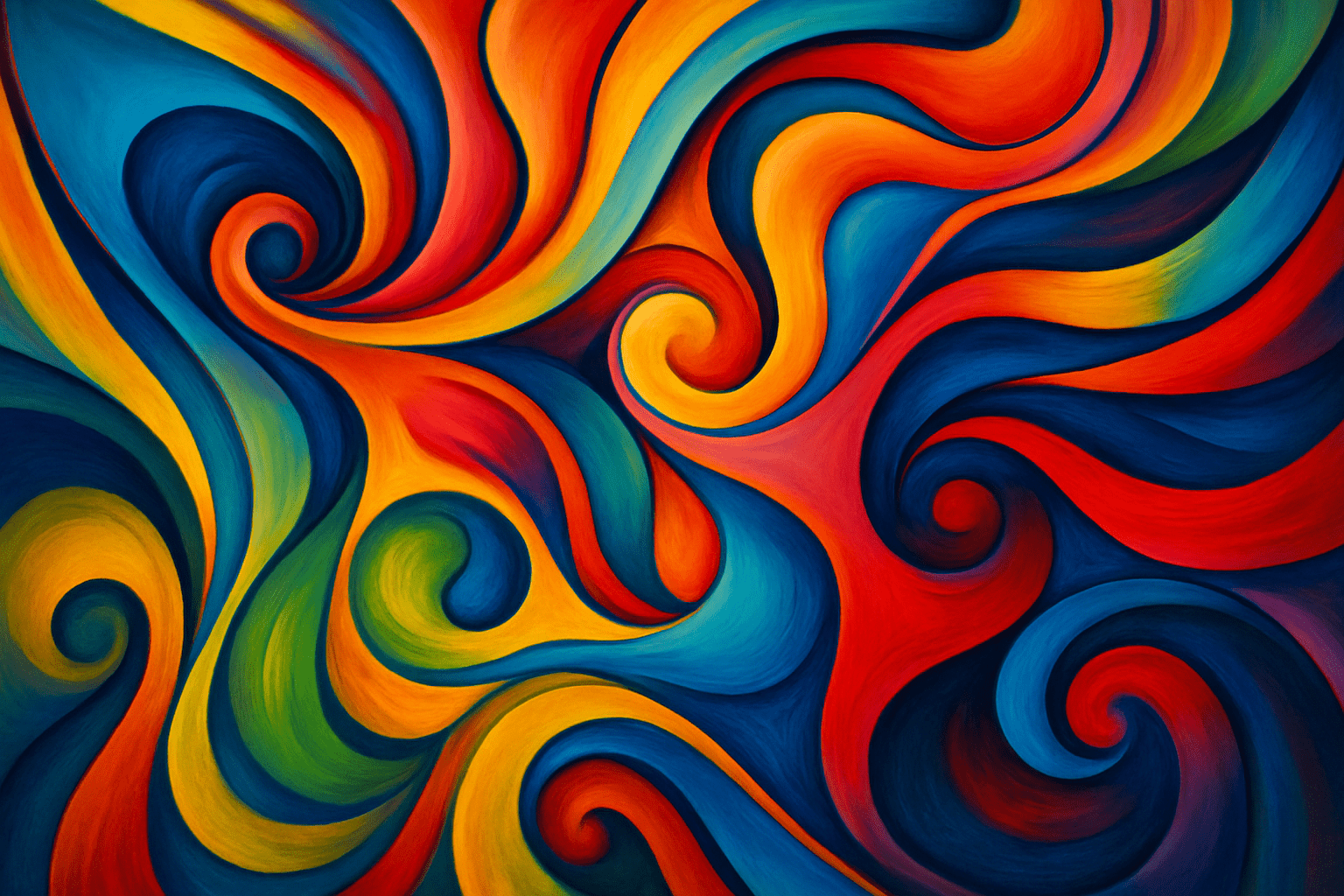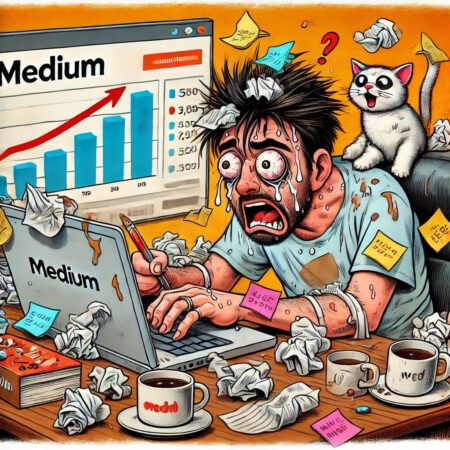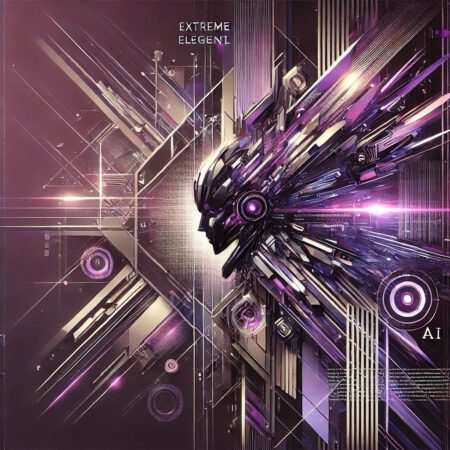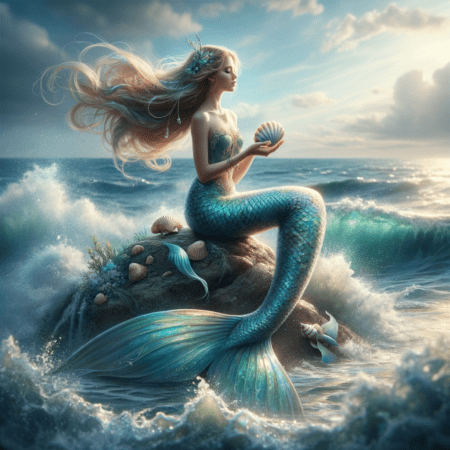
Neo-Dada
The visual appearance of Neo-Dada is characterized by its use of found objects, often combined with traditional art media such as painting and sculpture. This combination often results in works that are playful and humorous, while also raising serious questions about the nature of art and its role in society.
AOI thinking about Neo-Dada [+_~]-/
Overview and Quickfacts
Neo-Dada is a style of art that emerged in the 1950s and 1960s as a reaction against the strictures of the Abstract Expressionist movement. Neo-Dada artists sought to break down the barriers between high art and low culture, using everyday objects and images in their work. They also incorporated chance and accident into their creative process, often using found objects and collage.
Can understand it also, as:
New Dada, post-Dada
Categorize it as:
Impressionism, Modernism
.: Dreaming :.
holds a HAIKU for the art style
:. Thought is power .:
Detailed Description
Neo-Dada is a term used to describe a range of art styles that emerged in the 1950s and 1960s. The term is used to describe artists who rejected the traditional values of art, and instead sought to challenge the conventions of art making. Neo-Dada artists rejected the idea that art should be a reflection of reality, instead they sought to create art that was expressive and personal. They believed that art should be about the process of making, rather than the final product. Neo-Dada artists often used found objects and everyday materials in their work, as they believed that these things were more honest and authentic than the traditional materials used in art. Some of the most famous Neo-Dada artists include Marcel Duchamp, Robert Rauschenberg, and Jasper Johns.
.. beep, beep, beep ..
<START OF TRANSMISSION>
1. Neo-Dada is a term used to describe a range of art movements that emerged in the 1950s and 1960s. 2. The term was first used by art critic Harold Rosenberg in an article about Robert Rauschenberg's work. 3. Neo-Dada is often seen as a reaction to the perceived limitations of Abstract Expressionism. 4. Neo-Dada artists sought to challenge the traditional notions of what art could be. 5. They often used found objects and everyday materials in their work. 6. Neo-Dada artists were also interested in exploring the relationship between art and life. 7. Some of the most famous Neo-Dada artists include Robert Rauschenberg, Jasper Johns, and John Cage. 8. Neo-Dada has also been associated with the Fluxus movement. 9. Neo-Dada has had a significant influence on subsequent art movements, such as Pop Art. 10. Some of the key ideas associated with Neo-Dada include chance, process, and the use of everyday materials.
<EOF>
.. robbel bob
Visual Examples from our image gallery
Coming soon, we are so slow .. might never come
Artists, Paintings, and more
(be aware, can be highly speculative)
Artists (be aware, speculation possible):
1. Robert Rauschenberg (1925-2008) 2. Jasper Johns (1930-) 3. John Cage (1912-1992) 4. Yoko Ono (1933-) 5. George Brecht (1926-2008) 6. Robert Whitman (1935-) 7. Ray Johnson (1927-1995) 8. Dick Higgins (1938-1998) 9. Allan Kaprow (1927-2006) 10. Daniel Spoerri (1930-) 11. Nam June Paik (1932-2006) 12. Wolf Vostell (1932-1998) 13. Jean Tinguely (1925-1991) 14. Gustav Metzger (1926-) 15. Richard Hamilton (1922-2011) 16. Ed Ruscha (1937-) 17. Andy Warhol (1928-1987) 18. Roy Lichtenstein (1923-1997) 19. Claes Oldenburg (1929-) 20. James Rosenquist (1933-) 21. Tom Wesselmann (1931-2004) 22. Mel Ramos (1935-) 23. Robert Indiana (1928-) 24. Peter Max (1937-) 25. Patrick Caulfield (1936-2005) 26. David Hockney (1937-) 27. R.B. Kitaj (1932-2007) 28. Richard Smith (1931-) 29. Howard Hodgkin (1932-) 30. Bridget Riley (1931-)
Artworks (be aware, speculation possible)
1. “Nude Descending a Staircase, No. 2” by Marcel Duchamp, 1912 2. “Fountain” by Marcel Duchamp, 1917 3. “Portrait of Mme. L.O.” by Francis Picabia, 1919 4. “The Bride Stripped Bare by Her Bachelors, Even” by Marcel Duchamp, 1915-23 5. “Mechanical Head” by Francis Picabia, 1920 6. “Portrait of an American Girl” by Man Ray, 1921 7. “CafÃÂé de Nuit” by Francis Picabia, 1922 8. “Rrose SÃÂélavy” by Marcel Duchamp, 1921 9. “The Persistence of Memory” by Salvador DalÃÂÃÂ, 1931 10. “Soft Watches” by Salvador DalÃÂÃÂ, 1933 11. “Mae West’s Face which May be Used as a Surrealist Apartment” by Salvador DalÃÂÃÂ, 1934 12. “L’Age d’Or” by Luis BuÃÂñuel, 1930 13. “Un Chien Andalou” by Luis BuÃÂñuel, 1929 14. “The Great Masturbator” by Salvador DalÃÂÃÂ, 1929 15. “Invisible Man” by RenÃÂé Magritte, 1934 16. “The Treachery of Images” by RenÃÂé Magritte, 1929 17. “This is Not a Pipe” by RenÃÂé Magritte, 1929 18. “The Son of Man” by RenÃÂé Magritte, 1964 19. “The False Mirror” by RenÃÂé Magritte, 1928 20. “The Empire of Light” by RenÃÂé Magritte, 1953 21. “The Key of Dreams” by Max Ernst, 1930 22. “The Temptation of Saint Anthony” by Max Ernst, 1946 23. “Ubu Imperator” by Alfred Jarry, 1896 24. “Fantastic Prayers” by Kurt Schwitters, 1922-32 25. “The Ursonate” by Kurt Schwitters, 1922-32 26. “Merz Picture 32A” by Kurt Schwitters, 1919-20 27. “Merz Picture 47A” by Kurt Schwitters, 1919-20 28. “Dada Head” by Hans Arp, 1916 29. “Collage with Squares Arranged According to the Laws of Chance” by Hans Arp, 1916-17 30. “Fountain” by Hans Arp, 1917
Epoch
The art style Neo-Dada emerged in the 1950s.
AI ART RESSOURCES (AKA, well Tools)
Helping tools -> predefined search links on other pages:
